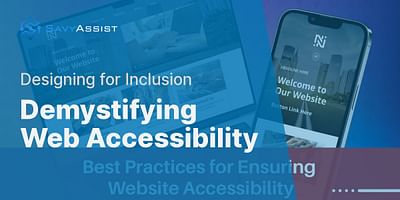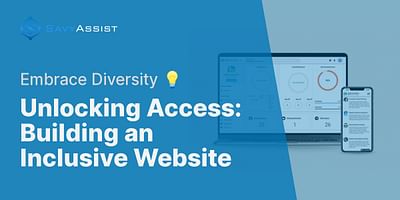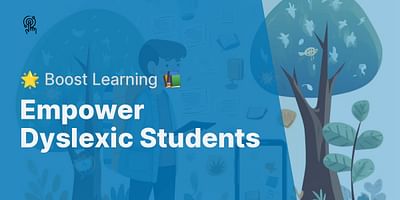Sophia is a journalist and disability advocate. She has written extensively on disability issues and is committed to raising awareness about the challenges faced by people with disabilities.
ILS and ALF are two types of services that cater to individuals with disabilities or those who require assistance with daily living activities. While both aim to support individuals in leading fulfilling lives, there are some key differences between the two.
Independent Living Services (ILS)
ILS are designed to empower individuals with disabilities to live independently and maintain control over their lives. These services provide support and resources to help individuals with disabilities develop the skills necessary to live on their own and participate fully in their communities.
ILS may include a range of services, such as:
1. Assistive Technology: This includes devices and software that help individuals with disabilities overcome barriers and accomplish tasks independently. Examples include screen readers, one-handed keyboards, and speech-to-text software.
2. Accessible Web Design: Accessible web design ensures that websites are designed in a way that accommodates individuals with disabilities. This includes features such as alternative text for images, keyboard navigation options, and clear and concise content.
3. Accessible Mobile Apps: Mobile apps designed with accessibility in mind can greatly enhance the independence of individuals with disabilities. These apps may include features like voice commands, large text options, and color contrast adjustments.
4. Skills Training: ILS often provide training in areas such as personal care, household management, budgeting, and transportation. These skills help individuals with disabilities become more self-sufficient and confident in their abilities.
5. Community Integration: ILS programs focus on helping individuals with disabilities become active participants in their communities. This may involve connecting them with social groups, recreational activities, and volunteer opportunities.
Assisted Living Facilities (ALF)
ALFs, on the other hand, are residential facilities that provide housing, personal care, and support services to individuals who need assistance with activities of daily living. ALFs are typically for individuals who require more hands-on assistance and supervision than what can be provided through ILS.
Services provided in ALFs may include:
1. Personal Care: This includes assistance with activities such as bathing, dressing, grooming, and medication management.
2. Meals and Nutrition: ALFs typically provide nutritious meals and may accommodate special dietary needs.
3. Housekeeping and Laundry: Staff members in ALFs assist with housekeeping tasks and laundry services.
4. 24/7 Supervision: ALFs have staff available around the clock to ensure the safety and well-being of residents.
5. Social Activities: ALFs often offer a variety of social and recreational activities to promote engagement and socialization among residents.
It's important to note that the level of care and support provided in ALFs can vary. Some ALFs may specialize in serving specific populations, such as individuals with dementia or physical disabilities.
In conclusion, ILS and ALFs are two types of services that cater to individuals with disabilities or those who require assistance with daily living activities. ILS focus on empowering individuals to live independently through the use of assistive technology, skills training, and community integration. ALFs, on the other hand, provide residential care and support services for individuals who need more hands-on assistance with activities of daily living. Both ILS and ALFs play important roles in supporting individuals with disabilities in leading fulfilling lives.















